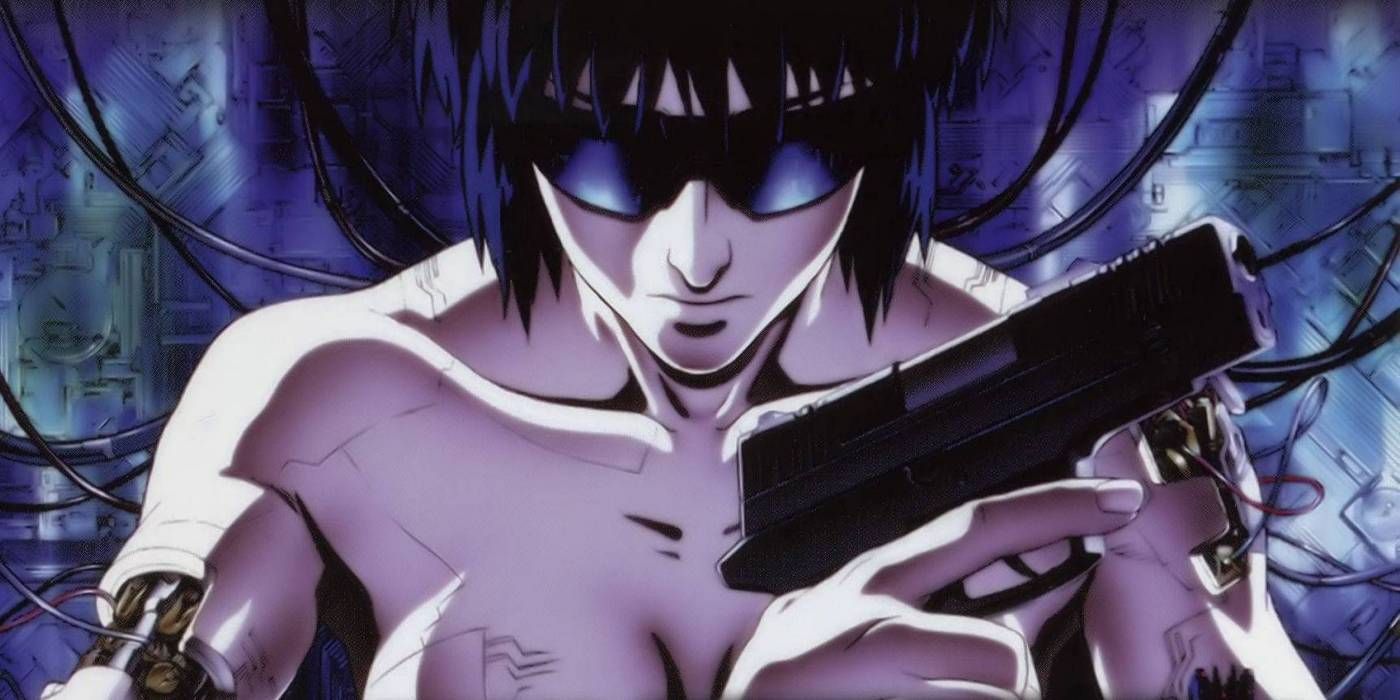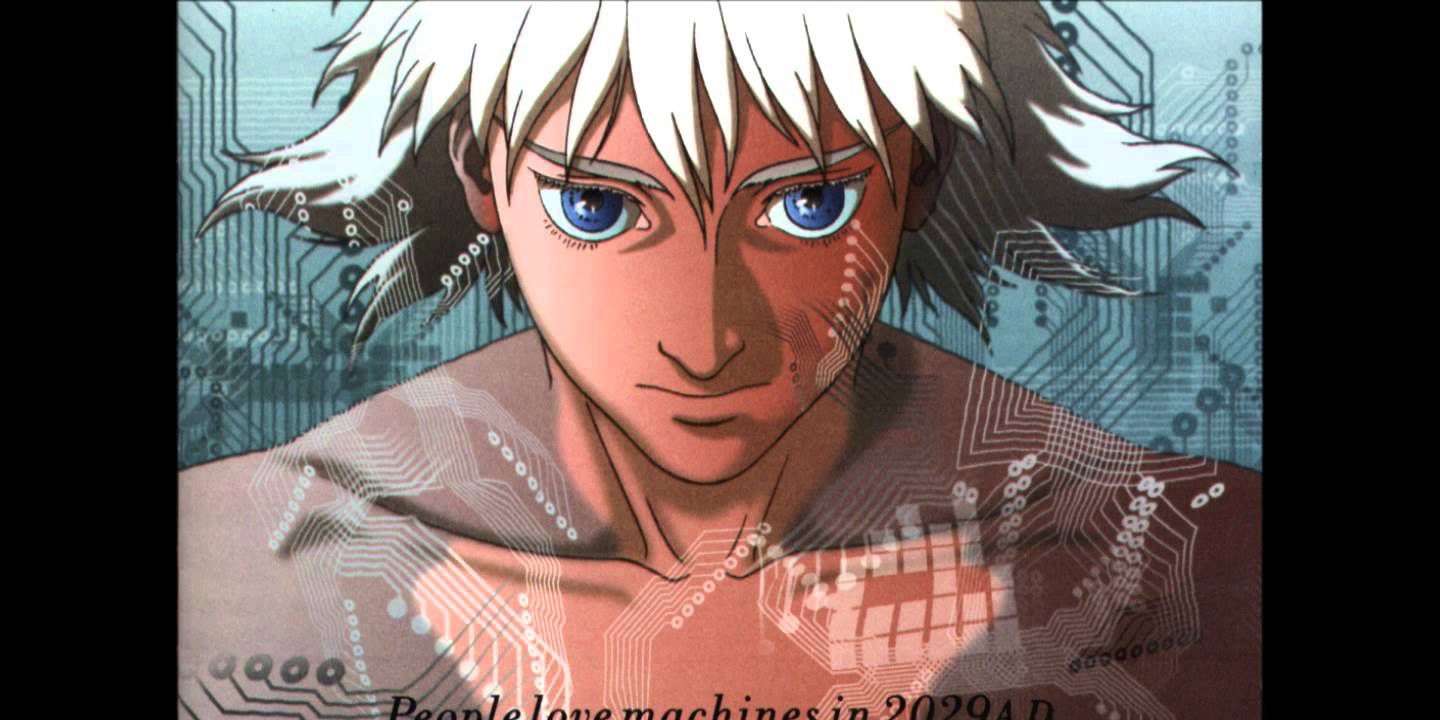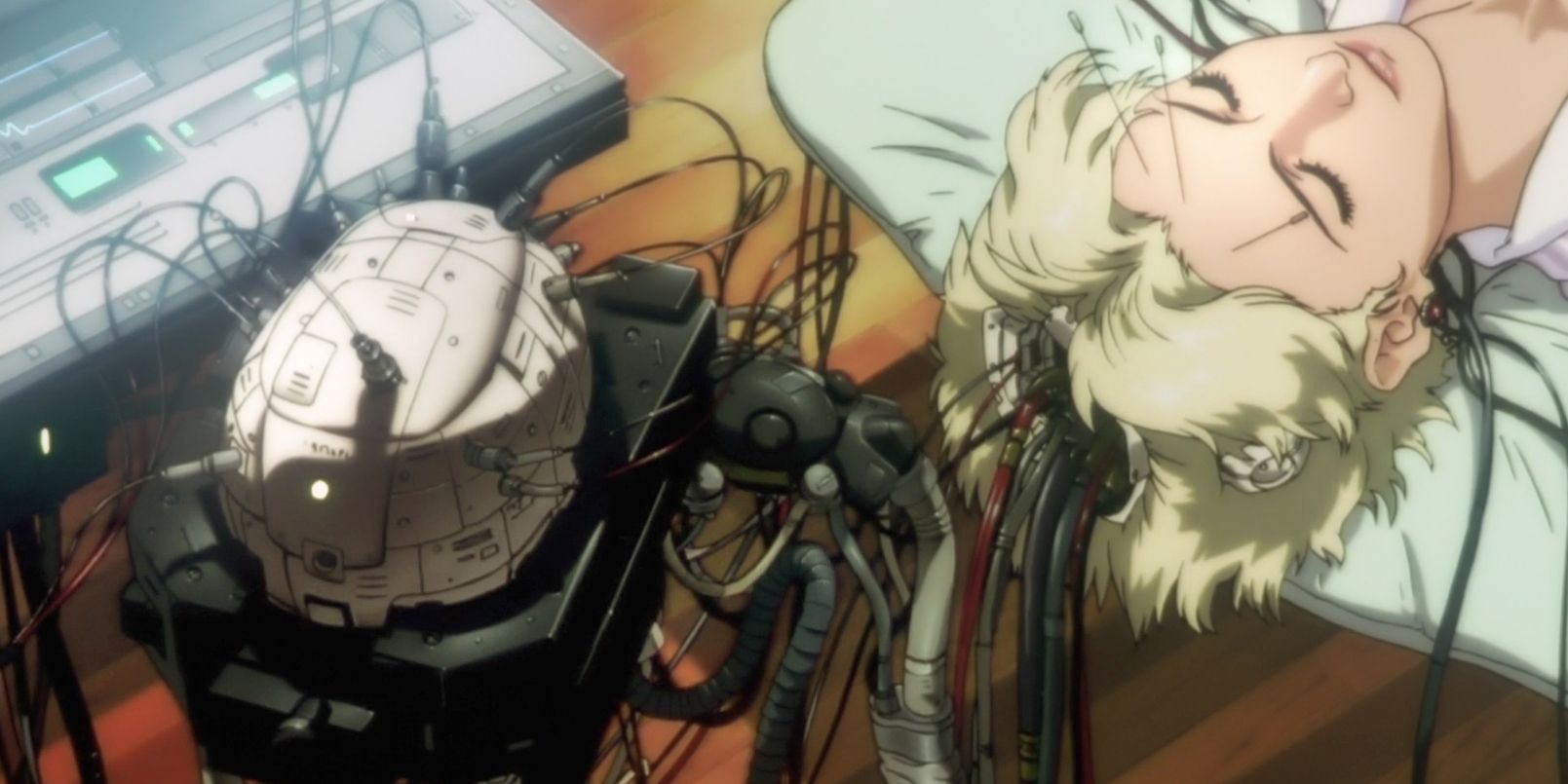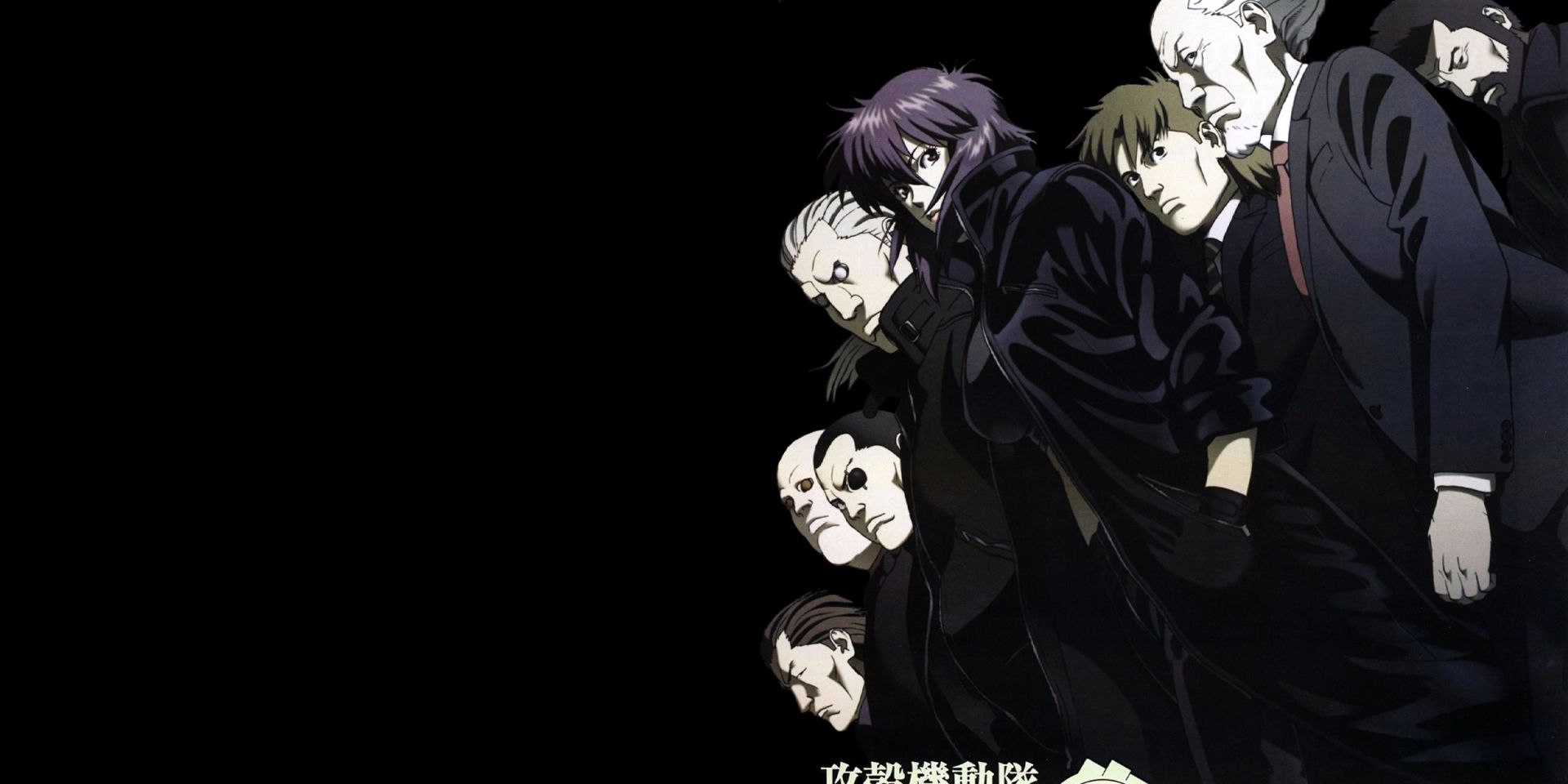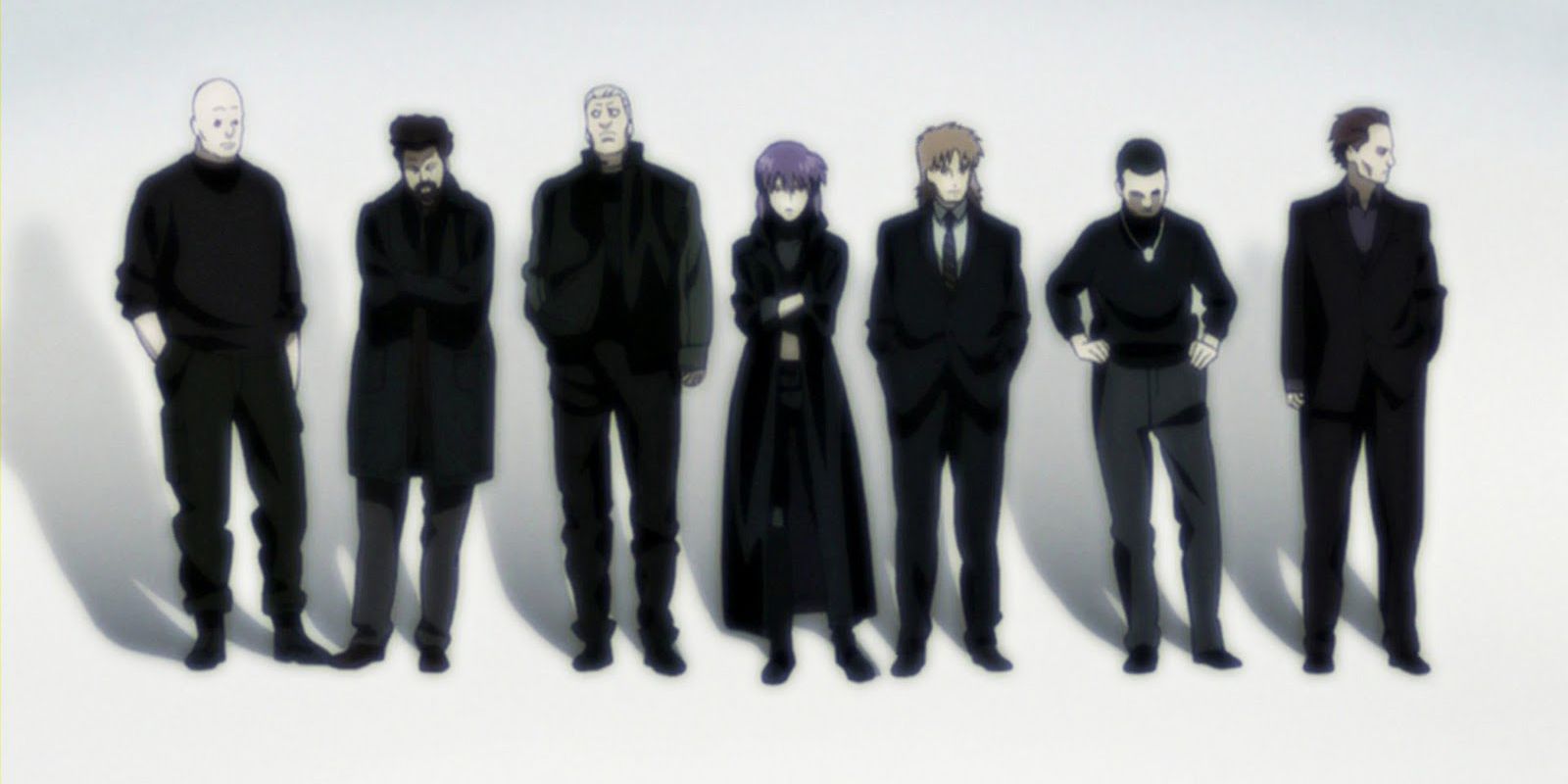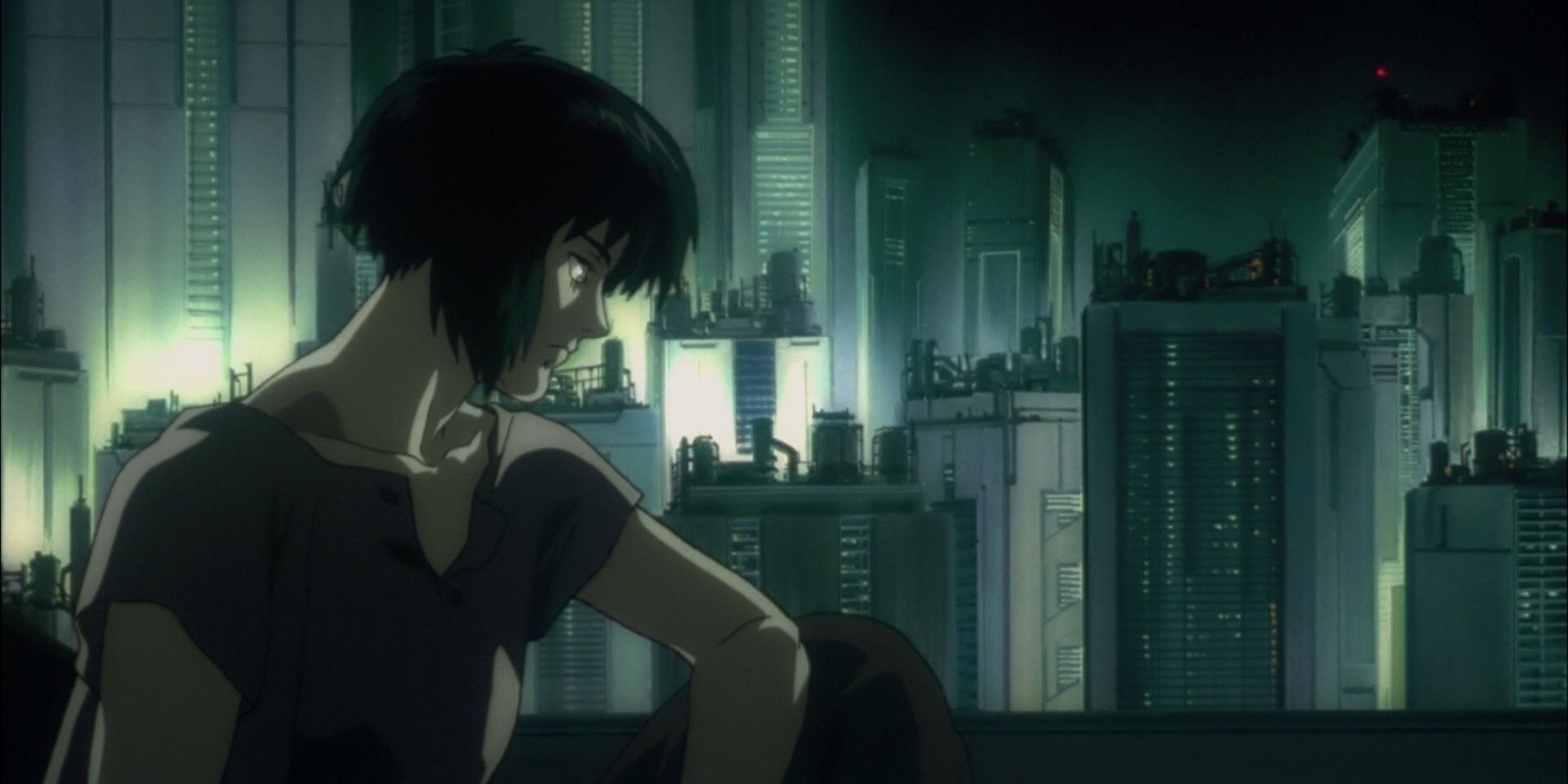Over the past year, there has been a lot of criticism and attention toward the “Ghost In the Shell” live-action film. Produced and overseen by Paramount Pictures, the studio has kept the film largely under wraps, with the first official trailer having just recently debuted on Sunday, November 13. But fans of the series are well aware of the kind of franchise studio has its hands on, and is hoping they can live up to expectations.
RELATED: "Ghost in the Shell": 15 Things We Want in the Live-Action Film
But despite its popularity among anime and manga fans, many aren’t aware of what the series is or what it entails, and for that audience, viewing the teasers and trailers for the first time might lead to feeling lost or confused as to exactly what’s going on. Fortunately, we’re here to give you a basic rundown of the “Ghost in the Shell” franchise that has spawned a wide array of fans over the years and spouted philosophical observations on the relationship between man and technology.
The franchise is based on a manga series
Before exploding into the popular multi-media franchise it is today, “Ghost in the Shell” began as a manga series. Created by Masamune Shirow and first serialized in Japan's “Weekly Young Magazine” in May 1989, the series originally ran until November 1990. Its resulting success spawned into two more sequel volumes that ran until 1997. Along the way, it inspired the 1995 “Ghost in the Shell” animated film, which was met with much acclaim from fans and critics alike. From there, the franchise blossomed, spawning two anime spin-off series, three more animated films, and four video game titles.
When and where does “Ghost in the Shell” take place?
The story, which acts as an intense, psychological spy thriller of sorts, takes place roughly in the middle of the 21st century in a cyberpunk-style future in technologically advanced Japan. Set in the fictional prefecture of New Port City, technology has advanced to the point that much of the population have been outfitted with special devices known as ‘cyber brains,’ which are outfitted within one’s cranium that allows them to have a mental interface with various computer networks like the Internet. In addition, people also have the ability to interact with others who also possess a cyber brain on various networks. There are varying levels to which individuals can have their brain cyberized, often ranging from implementing very little interface on their brain to having large portions of them digitally enhanced or cyberized.
RELATED: "Ghost in the Shell" Set Footage Reveals Johannson in Action
In addition to implanting these cybernetic brains, many people in the population have been equipped with partial or fully prosthetic bodies, effectively becoming cyborgs in the process. As a result, they have parts that can be exchanged and/or replaced for a variety of purposes, and must eat special types of food to maintain the organic parts of their bodies. But, the higher levels of cyberization leave them more vulnerable to getting hacked, exposing themselves to dangers such as memory manipulation, loss of valuable information, and the ability to hack an individual to do one’s bidding without them being aware of it. These increased risks dangers have led to a world where cyber terrorism is much more widespread.
Who -- or what -- does the story follow?
“Ghost in the Shell” follows the members of Public Security Section 9, a secret organization within the Japanese government that specializes in neutralizing various cyber terrorist threats. Section 9 consists of a smaller, covert black operations division with military-trained personnel, former police detectives, and various skilled specialists within its ranks. The titular character of the franchise is Major Mokoto Kusanagi, who acts as the field commander for the unit during its various missions. Kusanagi is a cyborg who, as a result of a life-threatening accident as a child, possesses a full prosthetic body save for portions of her brain, making her one of the few to have this level of cyberization. Because of her body, she has superhuman strength and is able to perform feats well beyond most normal people. In addition, she also has advanced computer hacking skills, an invaluable tool for their day and age.
Her second-in-command is a fellow cybernetic individual by the name of Batou, who, like the Major, has a heavily cyberized and prosthetic body. Most of the other members have also undergone cyberization in some way, shape or form for the purpose of their assigned duties. Section 9 is primarily overseen by Chief Daisuke Aramaki, who is the director of the organization and acts as a superior to The Major and the rest of the operatives while also handling many of their division’s political affairs.
What material from the franchise is most worth watching?
Besides the manga, some of the most popular work within the “Ghost in the Shell” comes from the original 1995 film and its subsequent spin-off anime series, of which there are two. The first, known as “Stand Alone Complex,” consists of 52 episodes and chronicles Section 9 as they solve various isolated cyber terrorist threats. Outside of the original 1995 film, the series is one of the best ways to get acquainted with the franchise for those who aren’t too into manga. Meanwhile, the other series, titled “Arise - Alternative Architecture,” acts as a prequel to both the films and the “Stand Alone,” following a younger Mokoto prior to her induction into Section 9.
Outside of the spin-off series, there are also three other animated films within the franchise that succeed the ‘95 film: “Ghost in the Shell 2: Innocence” (‘04), which acts as a sequel to the original; “Solid State Society” (‘06), which takes place a few years after the conclusion of “Stand Alone Complex”; and “The New Movie” (‘15), which takes place after the “Arise” series. As you can see, there is a wealth of material out there for those curious about the franchise.
Why has the franchise been so successful?
Much of the success enjoyed by "Ghost in the Shell" can be attributed to a number of factors. Whether it's the art and animation quality, the storyline, or the futuristic cyberpunk setting, the franchise has put it all in ways most franchises seem unable to. The action is great, and the political intrigue adds weight to the various objectives Section 9 is tasked with, so every mission is often tinged with shades of gray. Perhaps the biggest reasons for its success have to do with the complex themes and philosophical observations it has made on the present and future views of technology, especially when it comes to our growing dependence and over-reliance on it.
Within any iteration of "Ghost in the Shell," the major focus is on the blurring of lines between man and machine. The advent of cyber brains and the use of advanced prosthetics continually begs the question: at what point does one stop being human? Is someone like Major Mokoto, whose body is made up entirely of prosthetics with the exception of part of her brain, still as human as the rest of us? Or is she more of a machine? In the futuristic world of "Ghost in the Shell," the concepts of what determines humanity and the importance of individuality are prevalent, especially in a world where cyborgs and digitized brains are commonplace, especially when it comes to the Major. The struggle of her human identity and her past is an aspect she contends with throughout much of the franchise, and one that isn't easily solved.
RELATED: Johannson's Controversial "Ghost in the Shell" Role Draws Different Reaction Overseas
As with most film adaptations, you don’t have to be a complete expert on the “Ghost in the Shell” franchise before seeing the movie when it hits theaters, but it helps to have a healthy, basic understanding of the franchise and give viewers an idea as to what they can expect to see on the big screen come March 31. With a little over four months until its live-action debut, there’s still plenty of time to immerse yourself into some of the “Ghost in the Shell” animated films or series to learn just what it takes to be a member of Section 9 in a technologically advanced cyberpunk future.
Directed by Rupert Sanders, the Paramount Pictures adaptation of Masamune Shirow’s cyberpunk saga stars Scarlett Johansonn, Pilou Asbæk, Beat Takeshi Kitano, Juliette Binoche, Michael Pitt, Kaori Momoi, Rila Fukushima, Chin Han, Danusia Samal, Lasarus Ratuere, Yutaka Izumihara and Tuwanda Manyimo.
“Ghost in the Shell” opens March 31, 2017.

